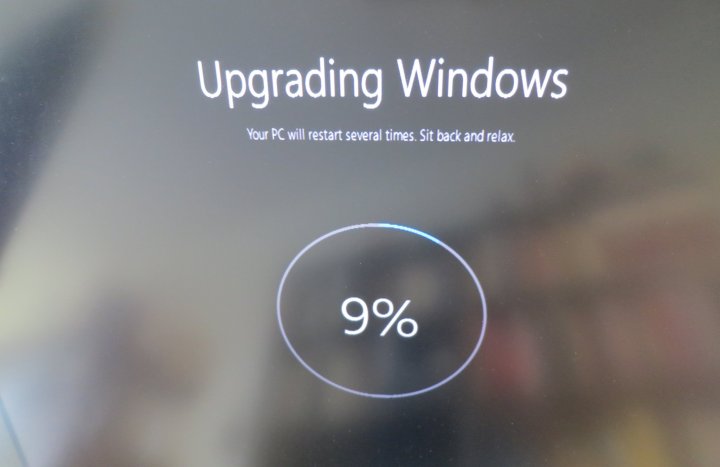
Microsoft releases security updates and bug fixes for its operating systems on a regular basis, but releases updates with significant new features less frequently. The Windows 10 Anniversary Update added new Cortana functionality, new features for Windows Ink users, and a lot of new Windows Hello capabilities. This will be the only feature update of 2016, according to Microsoft, but 2017 will see two such updates.
The first update, codenamed Redstone 2, will come in early 2017, according to Windows Central. The second will come in the later fall or early summer, and is codenamed Redstone 3. While it’s not clear what features these updates will actually offer, we will find out when updates are pushed out to Windows Insider members. That could happen as soon as the next couple of months.
Microsoft announced the change in a Technet blog post that mostly outlined the new features in Windows 10, version 1607, also known as the Anniversary Update. The post ended by saying that 1607 “will be our last feature update for 2016, with two additional feature updates expected in 2017.”
The early 2017 update is rumored to align with an updated version of Microsoft’s Surface line, meaning new features might be specific to touchscreen devices running Windows 10. That would represent an ongoing trend, because many of the most compelling features in the Anniversary Update were tied to Windows Ink, the precision stylus offered with devices like the Microsoft Surface.
But this is all little more than speculation at this point. What we do know for sure is Windows 10 users can look forward to a slew of new features in 2017. We’ll let you know what those are as soon as possible.
Editors' Recommendations
- Scores of people are downgrading back to Windows 10
- The next big Windows 11 update has a new hardware requirement
- Microsoft announces a new threat to push people to Windows 11
- Beware! The latest Windows 11 update might crash your PC
- Microsoft may fix the most frustrating thing about Windows updates


